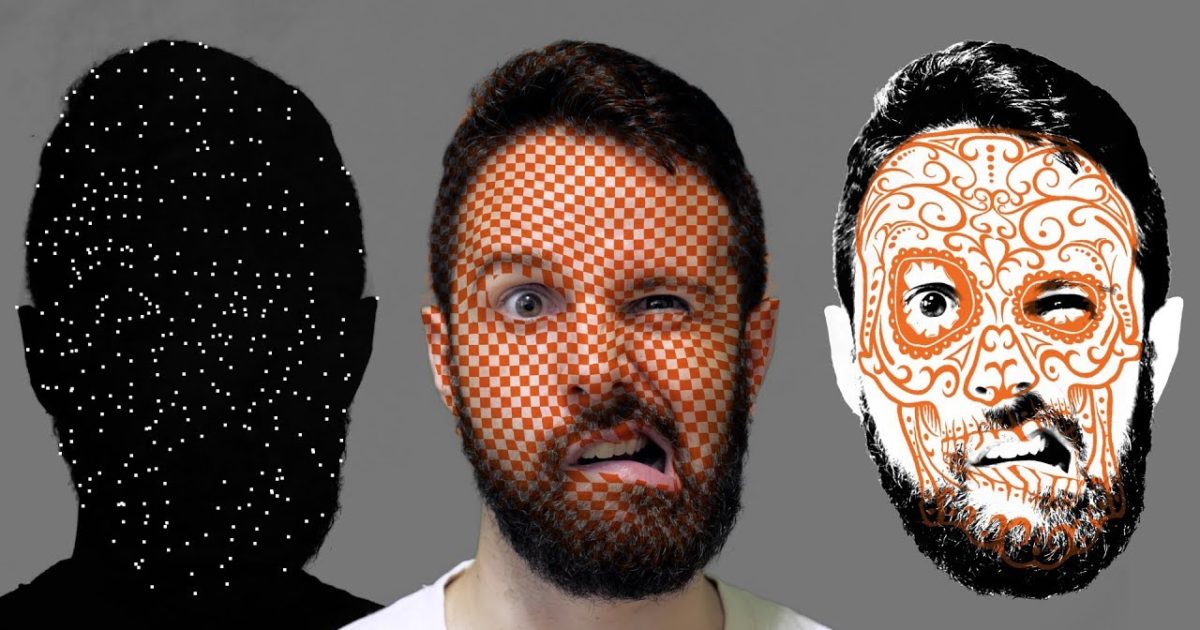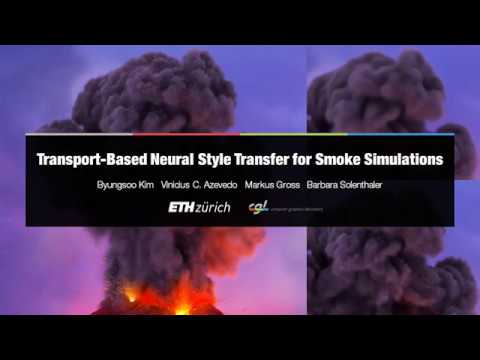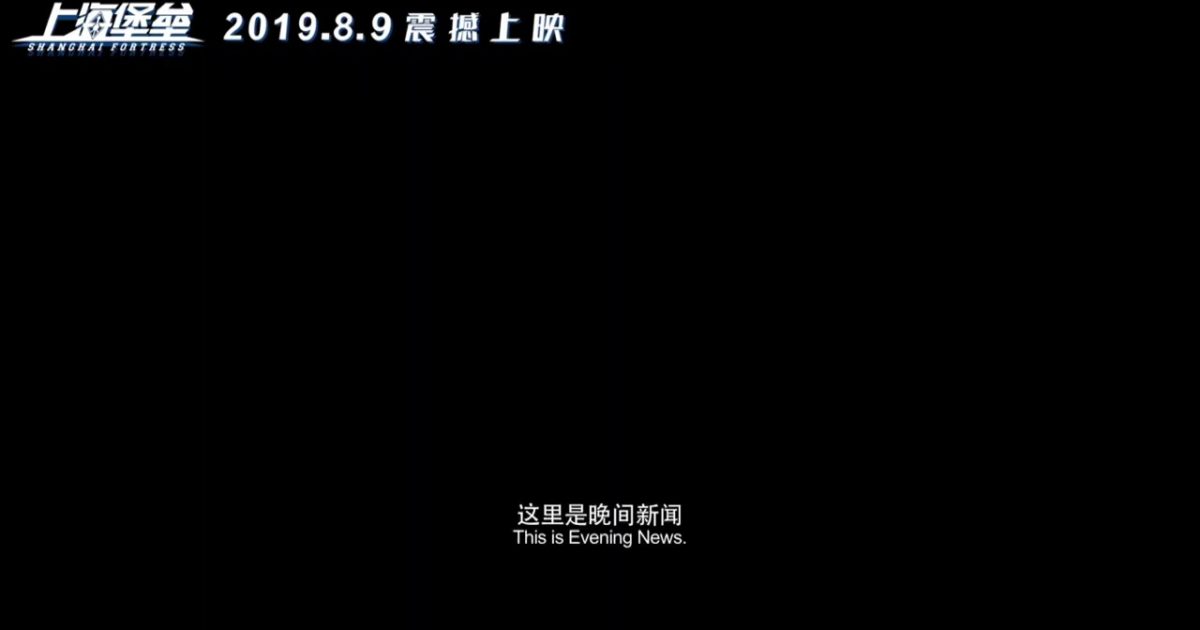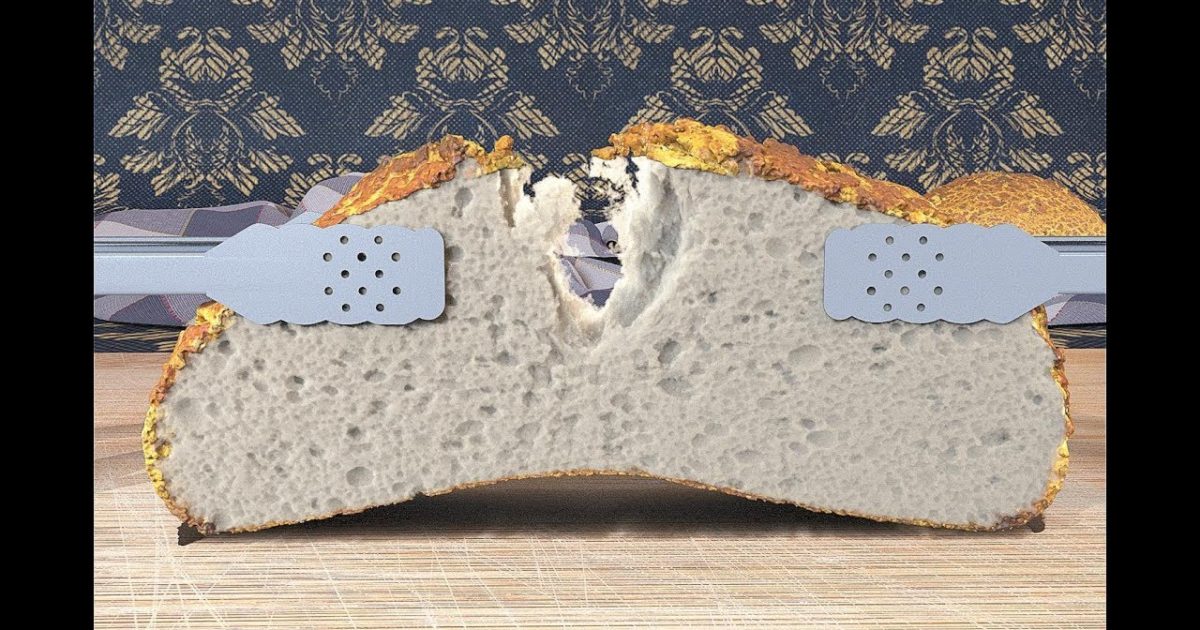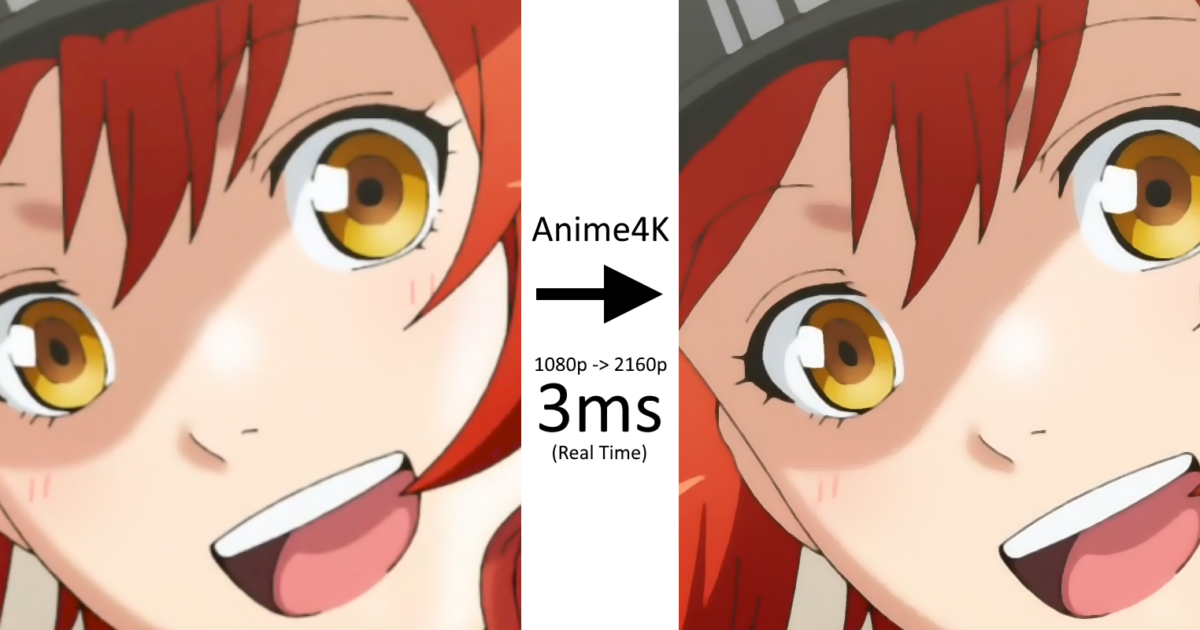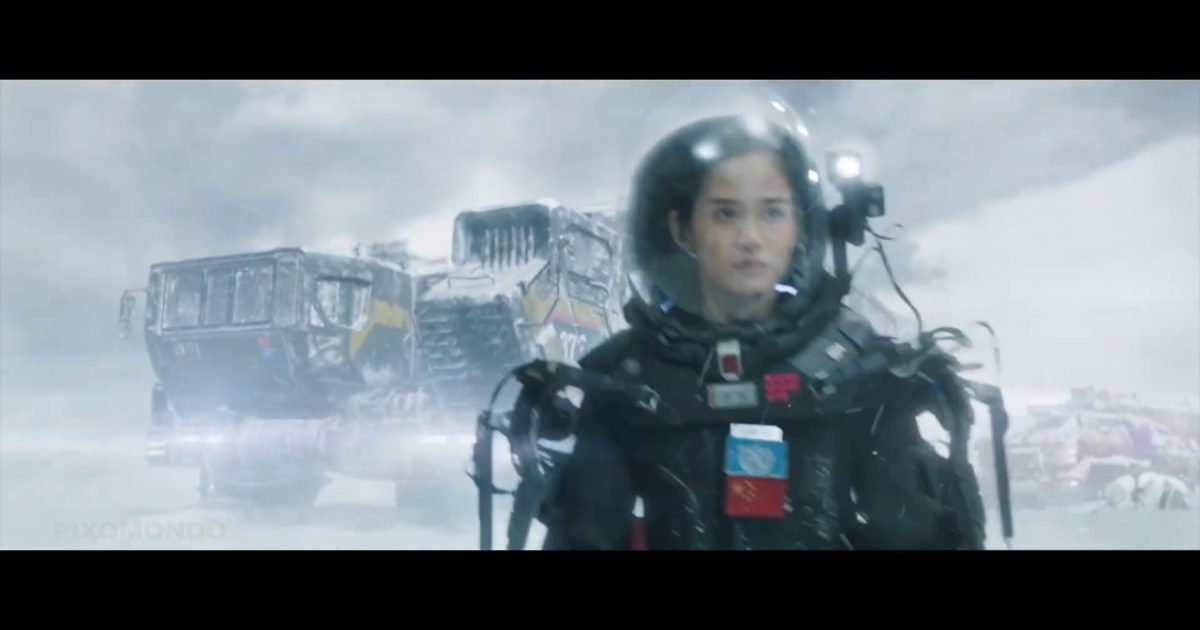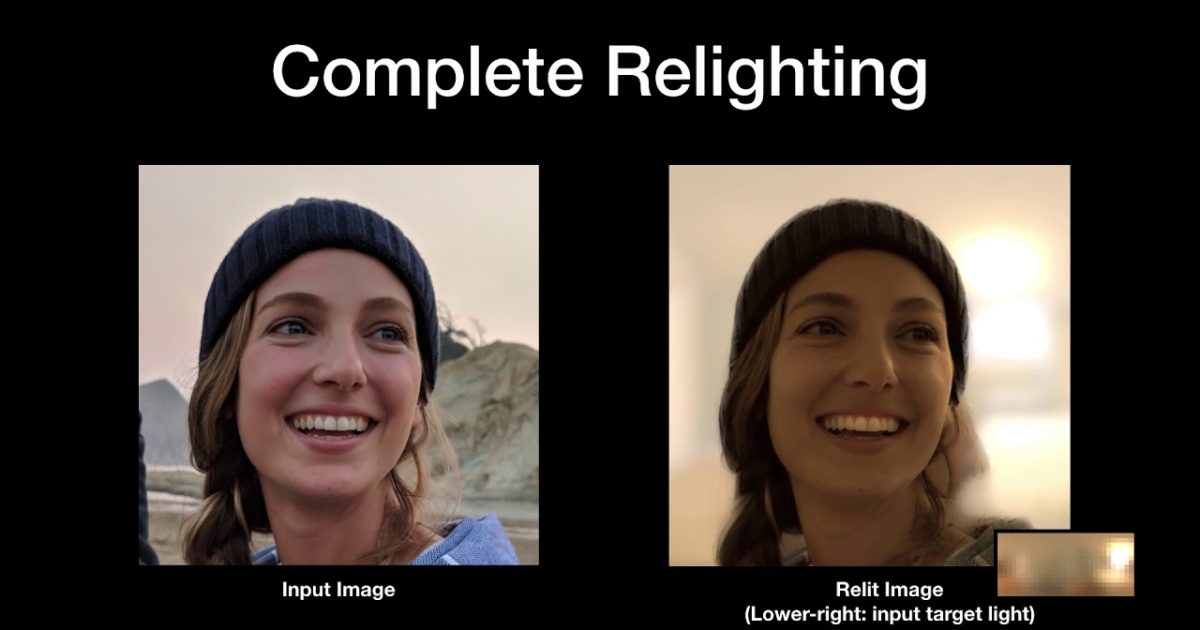質感、ライティングが綺麗。
スゲー
SIGGRAPH Asia 2019 – Technical Papers Trailer
トラッキングポイントを使用して画像を変形するAEプラグイン「Lockdown」
トラッキングポイントを使用して画像を変形するAfter Effectsプラグイン「Lockdown」、価格は$ 249.00。10月12日までの特別イントロ20%OFFの$ 199.99。 なかなか強力そうですね。Nuk […]
DIGIC Pictures Demo Reel 2018-2019
ブダペストのスタジオらしい。クオリティ高い。
FX demo reel 2019 - Miguel Perez Senent
爆発と水がいっぱい。
Transport-Based Neural Style Transfer for Smoke Simulations
画像を使用してスモークシミュレーションにスタイルを転送する技術だそうです。面白い。 http://www.byungsoo.me/project/neural-flow-style/index.html 概要 芸術的に流 […]
Avengers: Endgame | VFX Breakdown | Digital Domain
"Shanghai Fortress" Final Trailer
中国映画の予告編。映像が凄そう。Bottleship VFXがMax、TP、FuneFX、Houdiniの水、Vexus(Boomer Labsのノードシーンアセンブリ)を使用してVFXを行ってるらしい。
Infinite Patterns
modoとC4Dで作られた短編映像です。メイキングが公開されており、modoを使用した蜂のアニメーションやUVTransformを使用した蜂の目や建物の模様のモデリングが素晴らしいです。C4Dの幾何学的なアニメーションも […]
Continuum Damage Material Point Methods for Dynamic Fracture Animation
動的破壊アニメーションの連続体損傷の重要なポイントメソッド。とのことで物体のちぎれる様子がリアルにシミュレーションできてて凄い。 https://www.seas.upenn.edu/~cffjiang/
高品質のリアルタイムアニメアップスケーラー「Anime4K」
高品質のオープンソースリアルタイムアニメアップスケーラー「Anime4K」が公開されてるようです。機械学習は使用していない単純なアルゴリズムのようですが、機械学習が行ってる処理に近いかもしれない。というもののようですね。 […]
The Wandering Earth - VFX Breakdown Reel
中国のSF超大作映画だそうです。
Captain Marvel: Breakdowns
AIを使用して嫁を生成するサービス「WAIFU LABS」
WAIFU LABSは好みの絵を数回クリックするだけで、AIがオリジナルキャラクター(嫁)を生成してるというサービスです。生成したキャラクターを枕にプリントして購入できるというのが面白いですね。日本でも購入可能です。 h […]
1枚の肖像画だけでリライティングする研究
リフォルニア大学サンディエゴ校およびグーグルの研究者が、ニューラルネットワークを使用して肖像画をリライティングする論文を発表してるようです。 この手法では、1つのRGBイメージを環境マップを使用してリライティングできます […]



